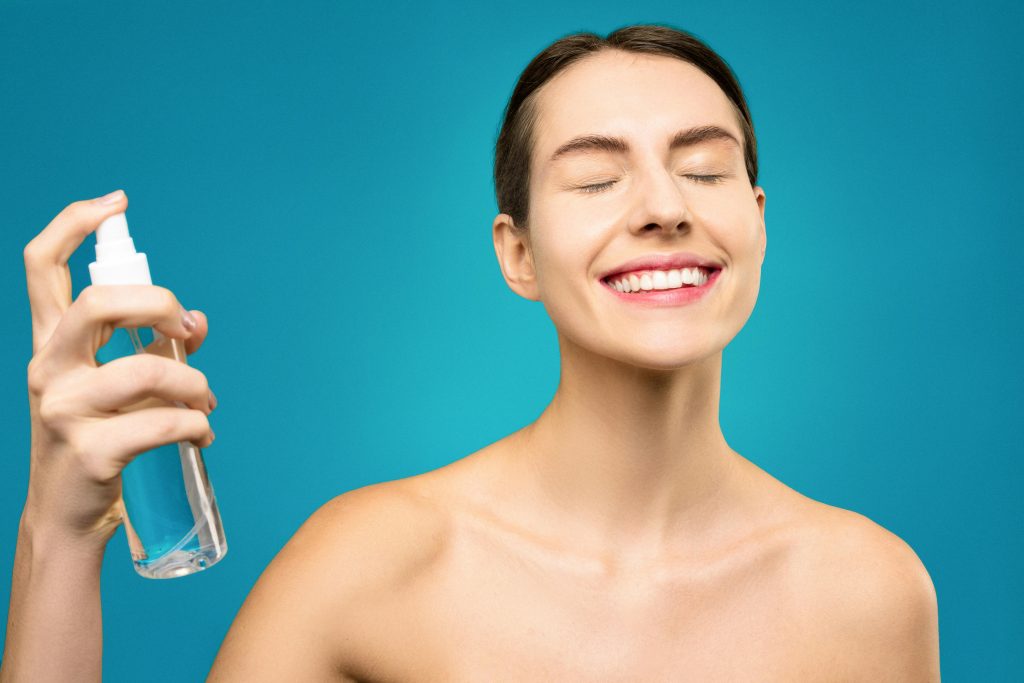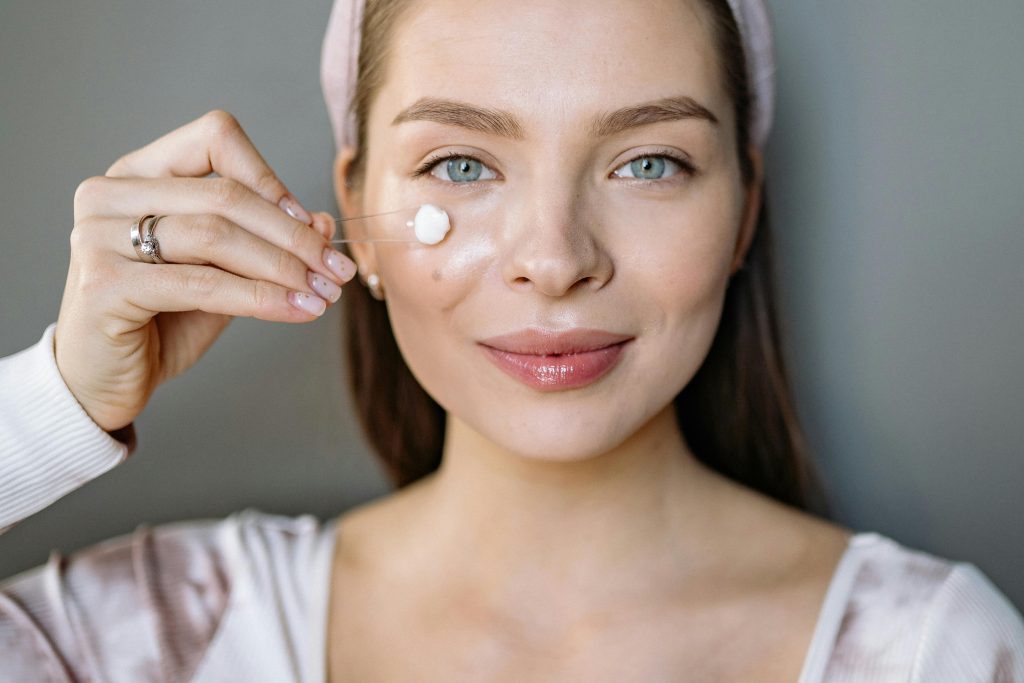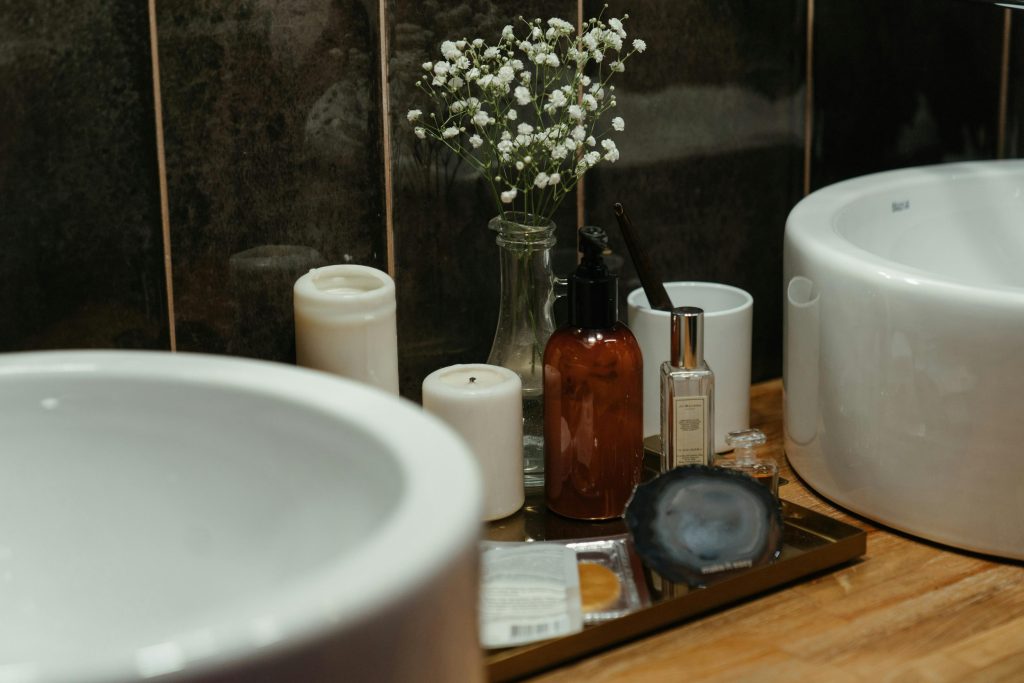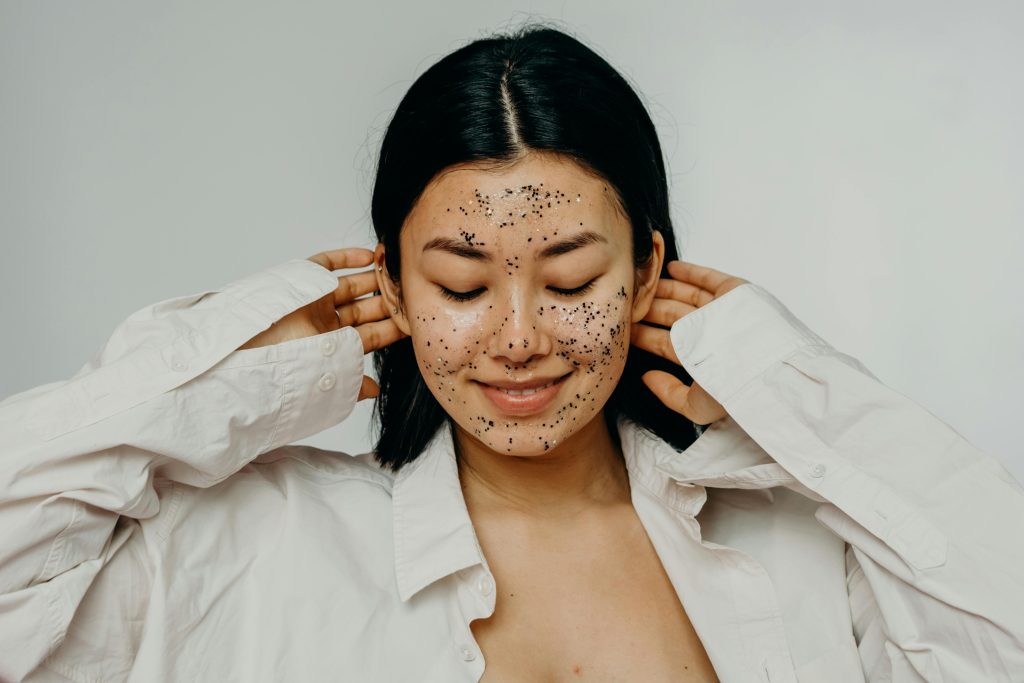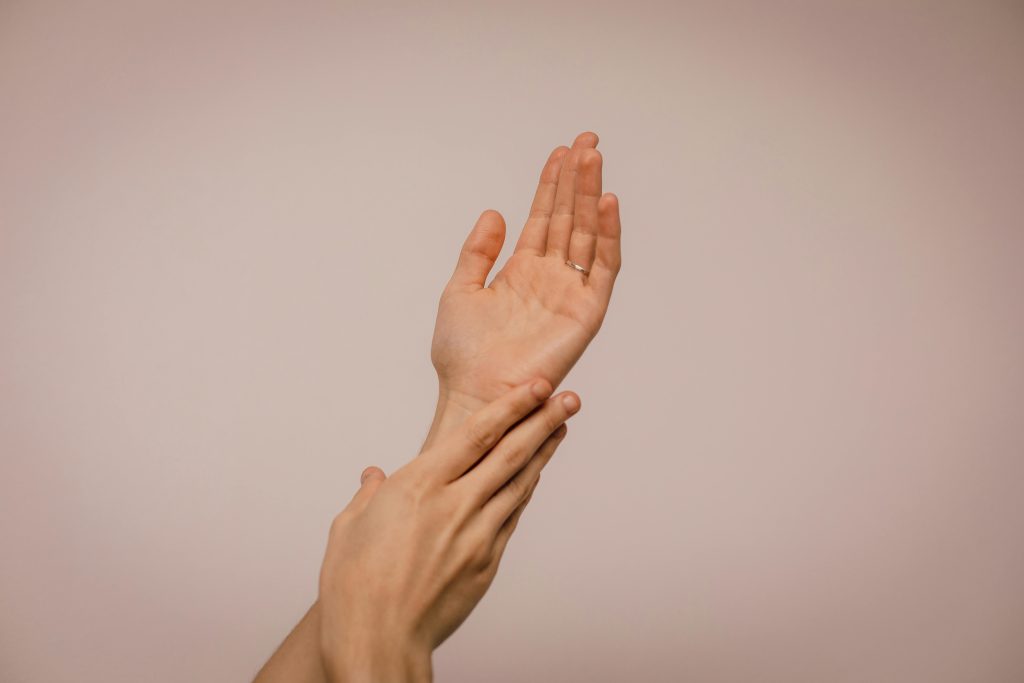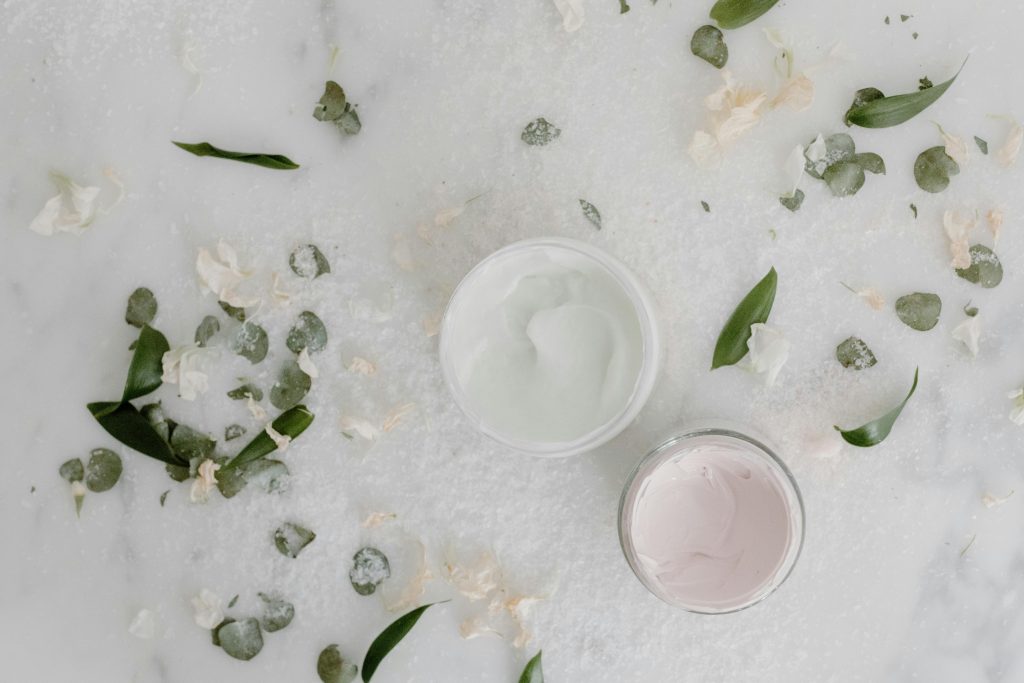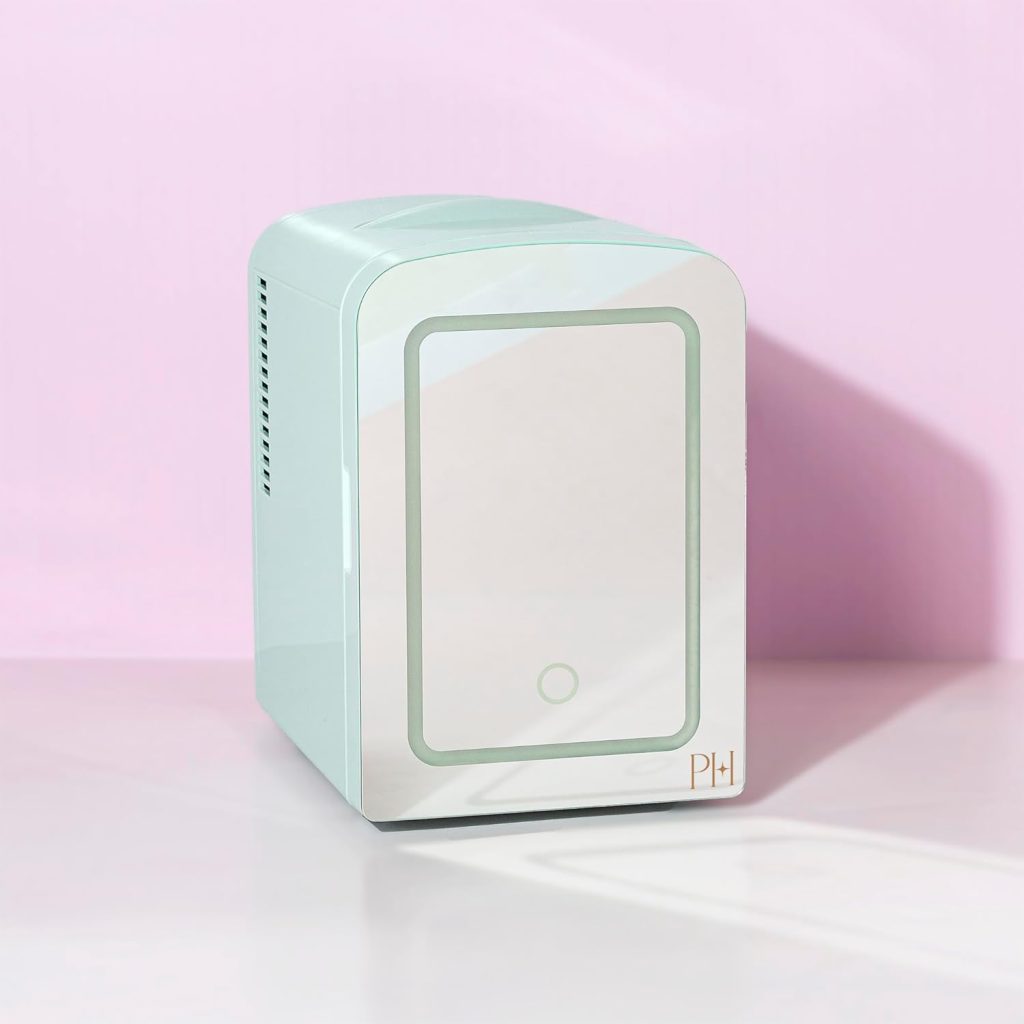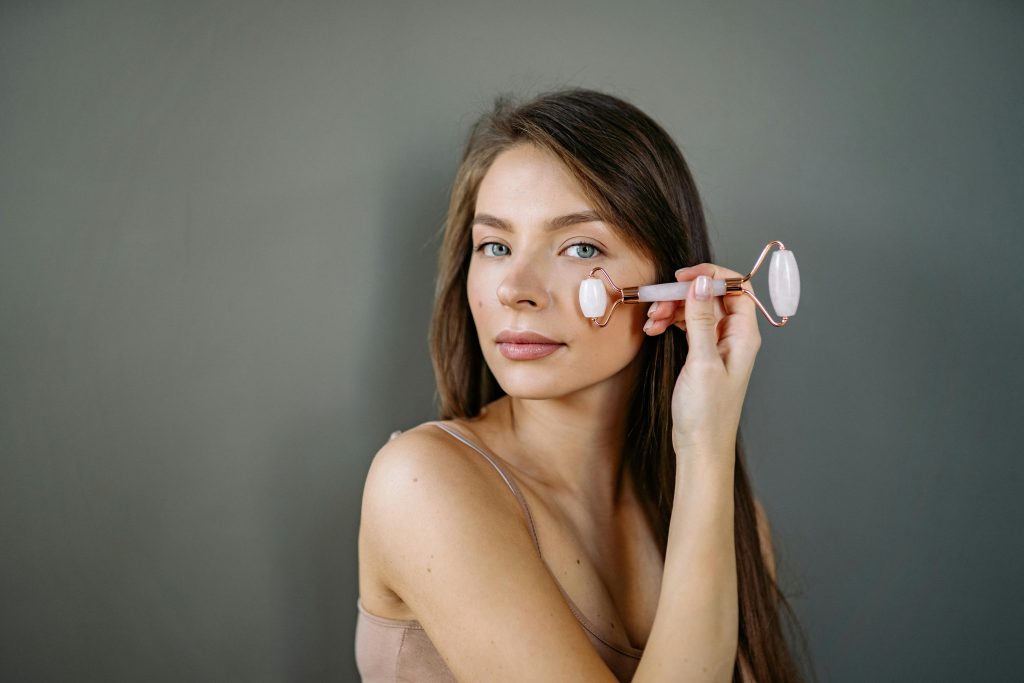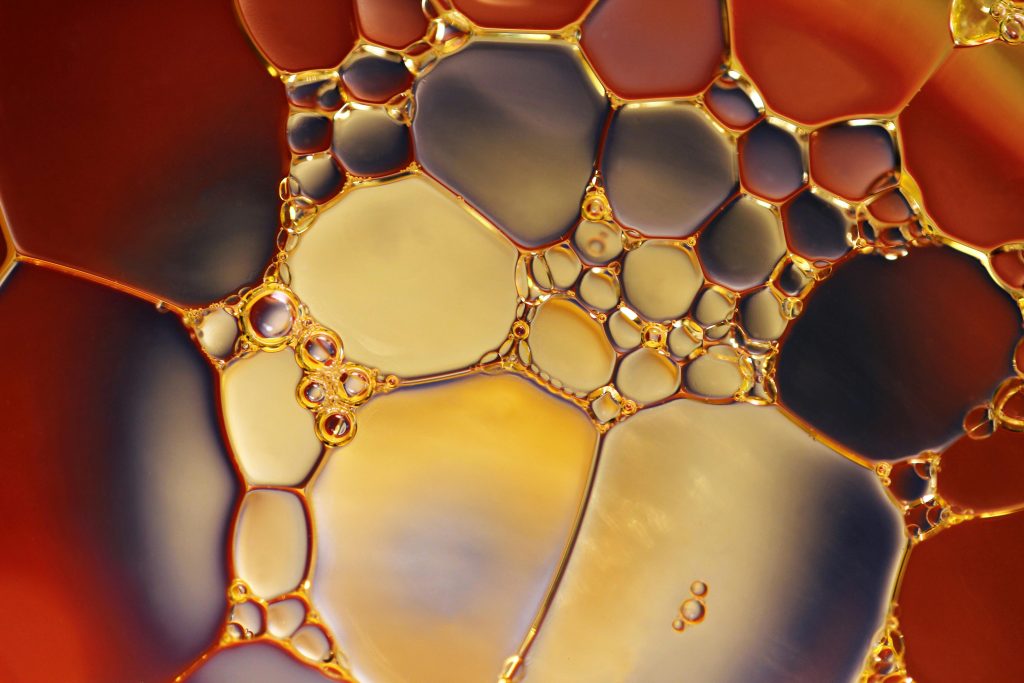
As an Amazon affiliate, I earn a commission for the products linked below
Oil vs. Water-Based Cleansers: Which One Do You Need? 💧✨
When it comes to cleansing, not all formulas are created equal.
Some dissolve makeup and SPF like magic, while others purify pores and balance oil. The secret? Whether they’re oil-based or water-based.
Understanding the difference between these two can completely change how your skin looks and feels — especially if you deal with breakouts, dullness, or dryness.
What Is an Oil-Based Cleanser?
Oil-based cleansers are made with natural or synthetic oils designed to dissolve sebum, makeup, and sunscreen.
Since oil attracts oil, they effectively lift away oil-based impurities (like foundation, SPF, or excess sebum) without stripping the skin barrier.
How it works: The oil binds to impurities → you emulsify with water → everything rinses off clean.
✅ Best For:
- All skin types, especially dry or sensitive
- Those who wear makeup or SPF daily
- People struggling with blackheads or congestion
Top Picks:
🔹DHC Deep Cleansing Oil – iconic Japanese formula with olive oil
🔹Banila Co Clean It Zero Balm – gentle balm that melts away SPF
🔹Paula’s Choice Omega+ Complex Cleansing Balm – nourishing and barrier-friendly
💡 Tip: Massage onto dry skin for 30–60 seconds, then rinse with lukewarm water.
What Is a Water-Based Cleanser?
Water-based cleansers are typically gels, foams, or creams that use surfactants to lift away sweat, dirt, and water-soluble debris.
They’re lighter in texture and leave the skin feeling refreshed and clean.
✅ Best For:
- Oily, combination, or acne-prone skin
- Morning cleansing
- After removing makeup with an oil cleanser
Top Picks:
🔹CeraVe Foaming Facial Cleanser – non-stripping, niacinamide-enriched
🔹La Roche-Posay Toleriane Hydrating Gentle Cleanser – excellent for dry skin
🔹Krave Beauty Matcha Hemp Hydrating Cleanser – antioxidant-rich and barrier-safe
💡 Tip: Avoid over-cleansing — twice a day is enough. More can damage your microbiome.
Do You Really Need Both? (Yes — and Here’s Why)
This is where double cleansing comes in — the skincare method loved by dermatologists and estheticians worldwide.
🔹Step 1: Oil-Based Cleanser
Removes sunscreen, makeup, and oil-based impurities.
🔹Step 2: Water-Based Cleanser
Removes sweat, dust, and any residue left behind — leaving skin fresh but not stripped.
Result:
✅Fewer breakouts
✅Smoother texture
✅More effective absorption of serums and moisturizers
💡 Science note: A 2019 study in the Journal of Cosmetic Dermatology found that double cleansing significantly reduces pollutants and sebum oxidation — two key triggers of premature aging.
How to Choose Based on Skin Type
Skin Type | Oil-Based Cleanser | Water-Based Cleanser |
Oily/Acne-Prone | Lightweight oil or balm with non-comedogenic ingredients (e.g., grapeseed, sunflower) | Gel or foam formula with salicylic acid or green tea |
Dry | Rich balm with shea butter or omega oils | Creamy, hydrating cleanser with ceramides |
Combination | Lightweight oil or milk cleanser | Balancing gel or low-foam cleanser |
Sensitive | Fragrance-free balm | Gentle, sulfate-free milk cleanser |
Common Myths (Debunked)
🚫 “Oil cleansers cause acne.” → Not if you use non-comedogenic formulas and rinse properly. They can reduce breakouts by removing sebum plugs.
🚫 “Foaming cleansers are bad for dry skin.” → Only if they contain harsh sulfates. Modern foaming cleansers (like CeraVe) are pH-balanced and safe.
🚫 “Double cleansing strips the skin.” → When done with gentle, hydrating formulas, it actually protects the skin barrier.
Final Verdict
You don’t have to pick sides — oil and water-based cleansers complement each other.
Use an oil cleanser at night to melt away the day, and a gentle water-based cleanser in the morning for a fresh start.
Your skin will feel cleaner, smoother, and far more balanced. ✨




